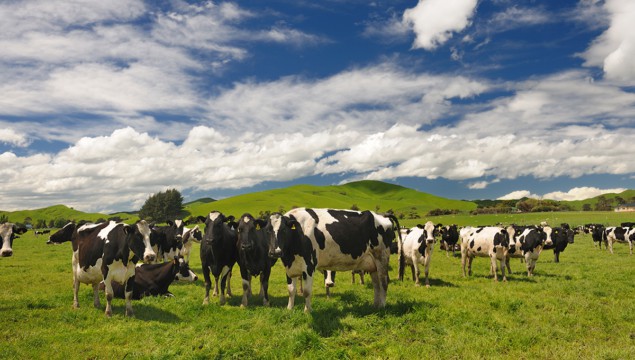
Feeding the growing US demand for beef produced from cattle raised only in pastures could push animal numbers up to 100 million from the nation’s current 70 million. What’s more, a switch to purely grass-fed systems would likely bring higher environmental costs, including more methane emissions, unless the public reduced its meat consumption.
“We were interested to see what biophysical barriers might exist: whether the land and environment could sustain consumers replacing some or all of their consumption with grass-fed beef,” says Matthew Hayek of Harvard Law School, US, who teamed up on the study with Rachael Garrett of Boston University, US.
The goal was to provide food shoppers, chefs, diners and policy-makers with more information about the potential impacts of exclusively grass-fed beef compared to feedlot-finished beef, where cattle herds eat mainly grain whilst in confined quarters to speed up their weight gain before slaughter.
In the absence of feedlot-finishing, current US pastureland is likely to only support around 27 million cattle, the team found. If cropland-raised forage is included in the definition of grass-fed then the resulting supplemental feeds could support an extra 34 million cattle, taking the total up to 61% of the current beef supply.
One of the report’s big takeaways is that only reductions in beef consumption can guarantee reductions in environmental impact. But what would eating less beef mean for the US cattle industry? Beef is big business, generating $67 billion in domestic sales and exports, according to national reports.
“Grass-fed beef typically sells for nearly a 50% higher price than conventional beef,” says Hayek. “If consumers continue to pay a higher price for grass-fed beef, farmers could profit despite producing less overall.”
It’s clear from Hayek and Garrett’s study that moving from feedlot-finished to entirely grass-fed meat production is going to require more land, or massive increases in the productivity of existing pastures. Although it’s worth reiterating that such impacts would diminish if the public chose to eat less meat after switching products. Ultimately, as Hayek points out, the decision rests with consumers.
The team presented the findings in Environmental Research Letters.



